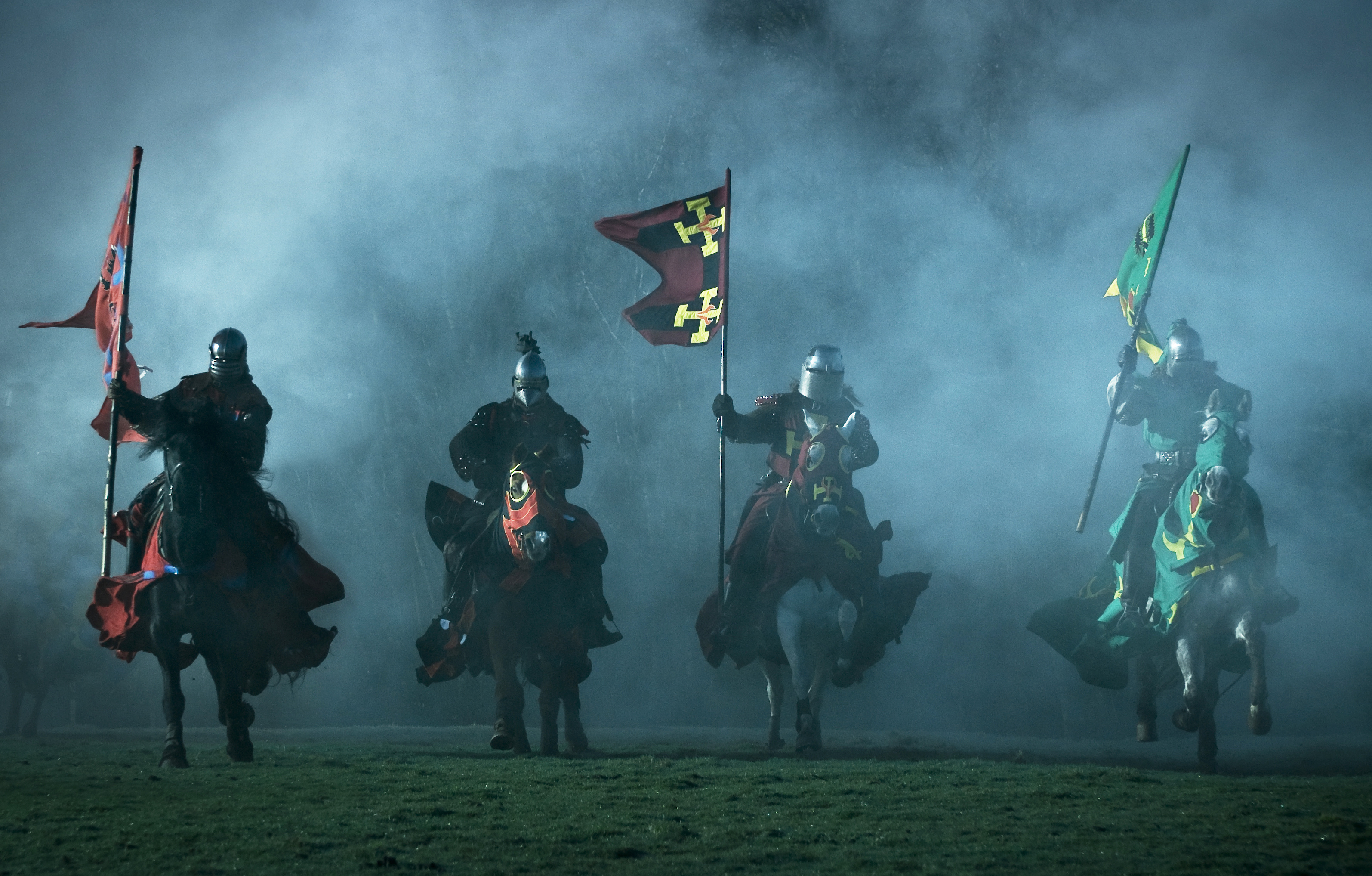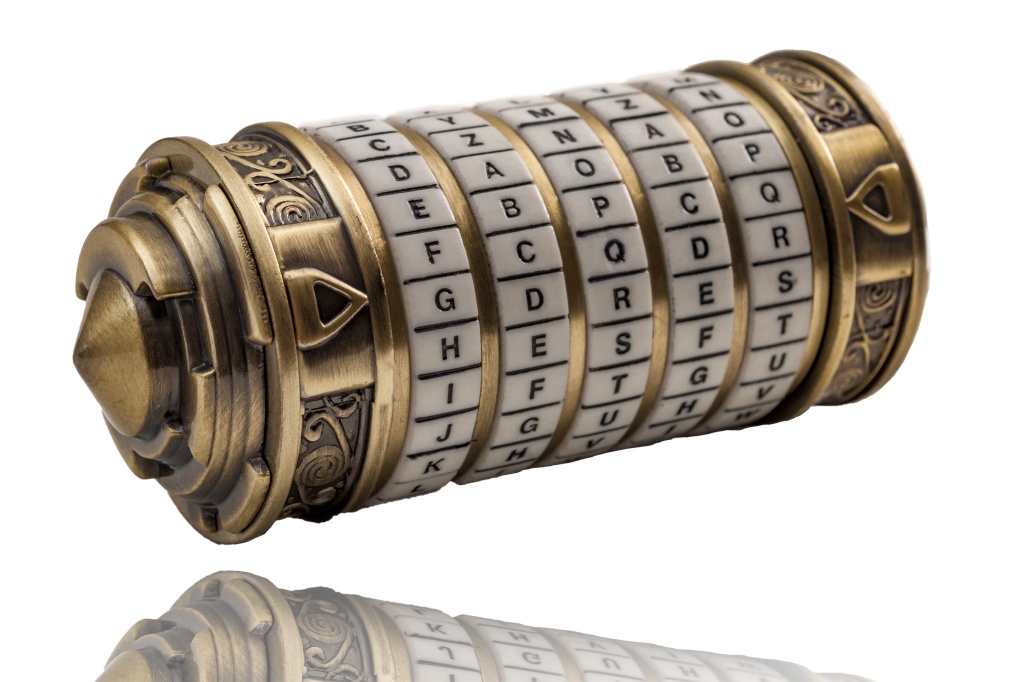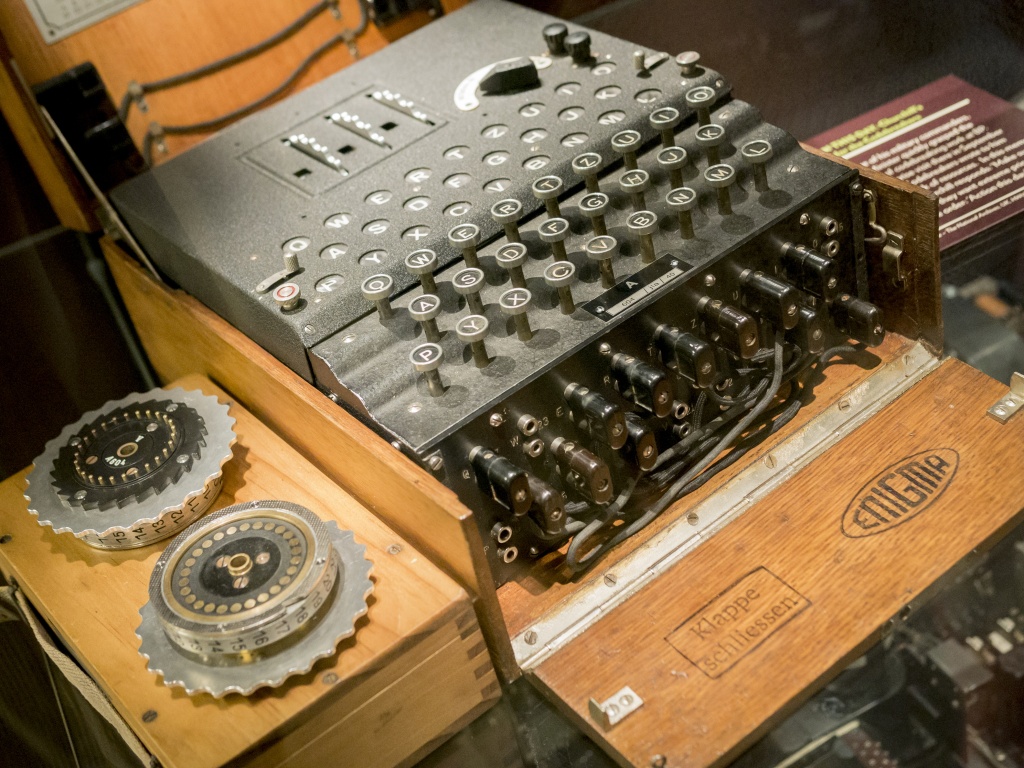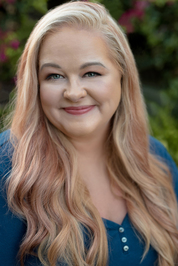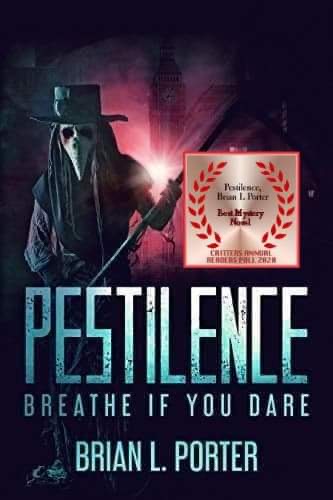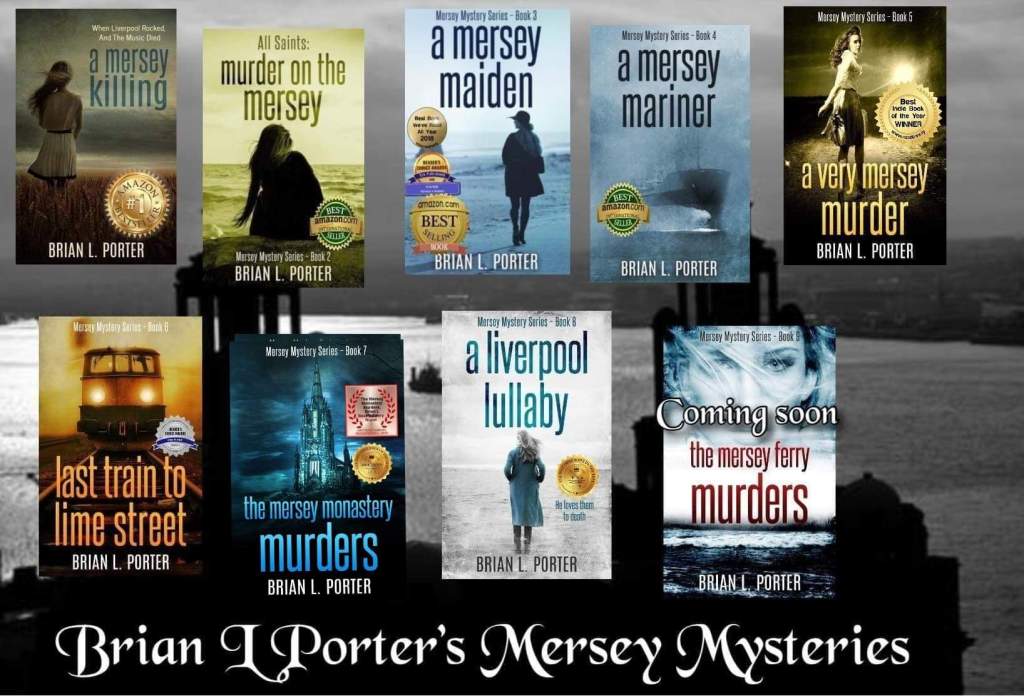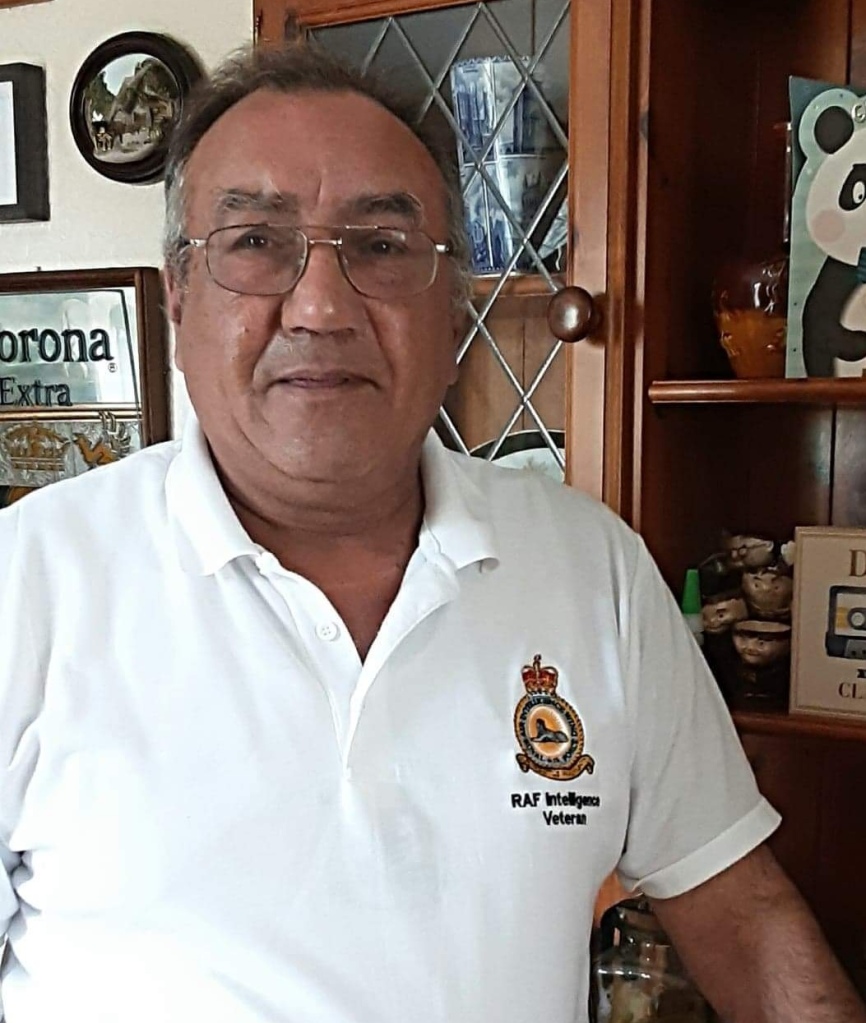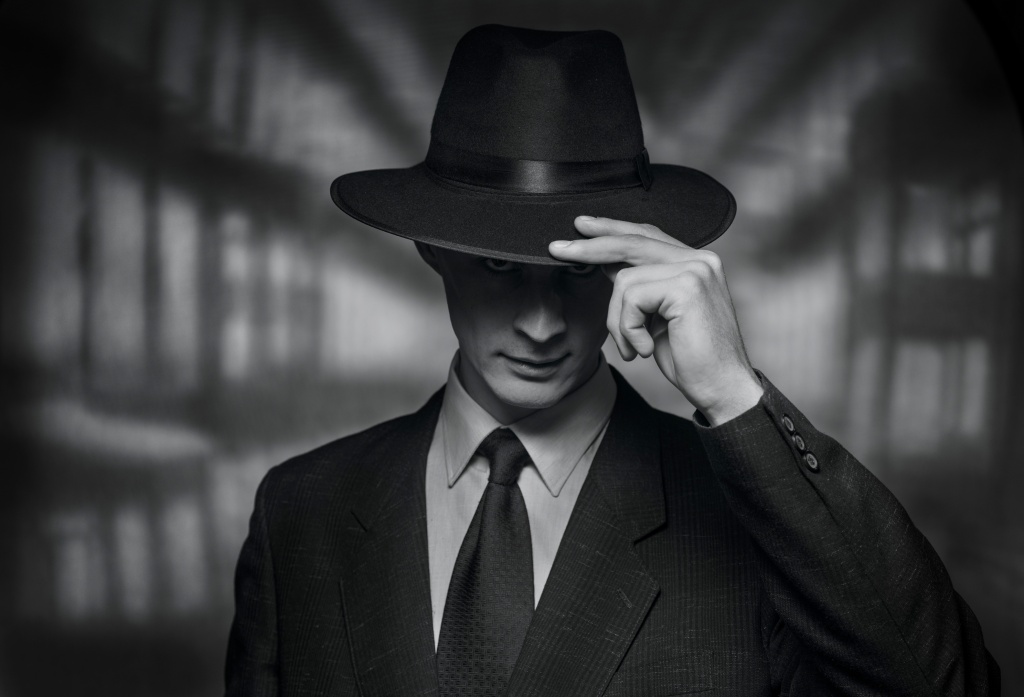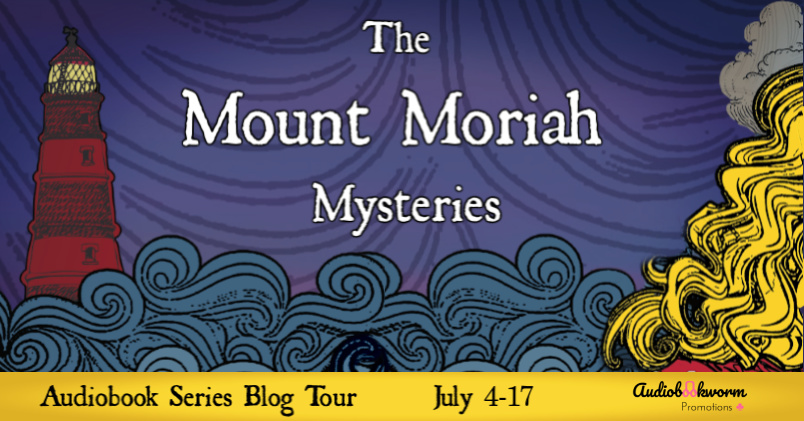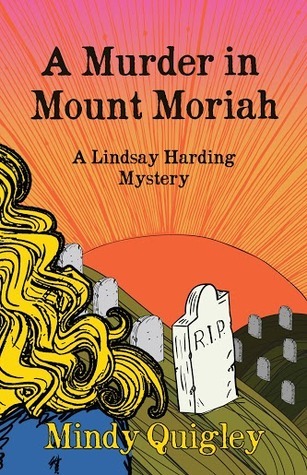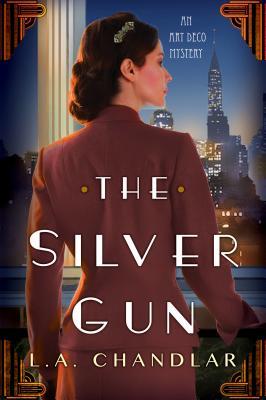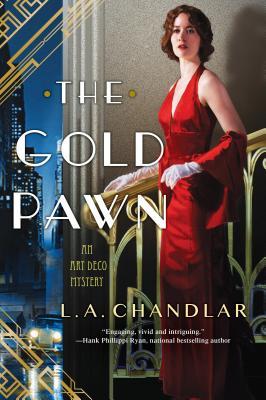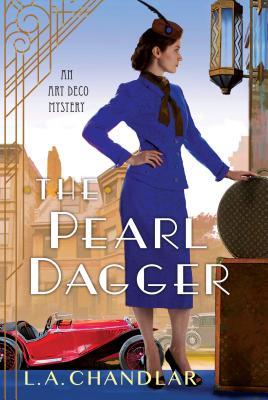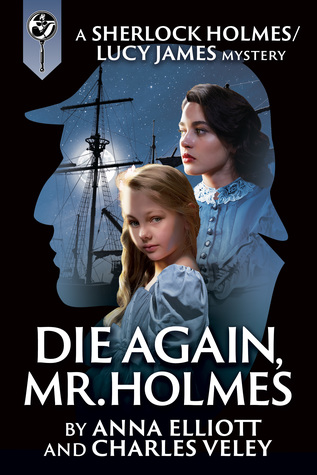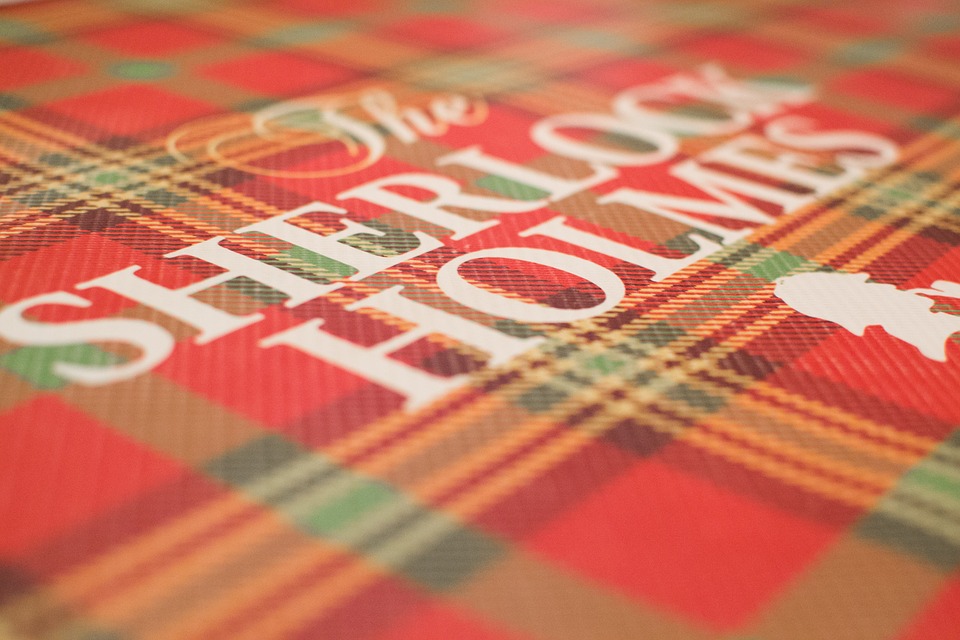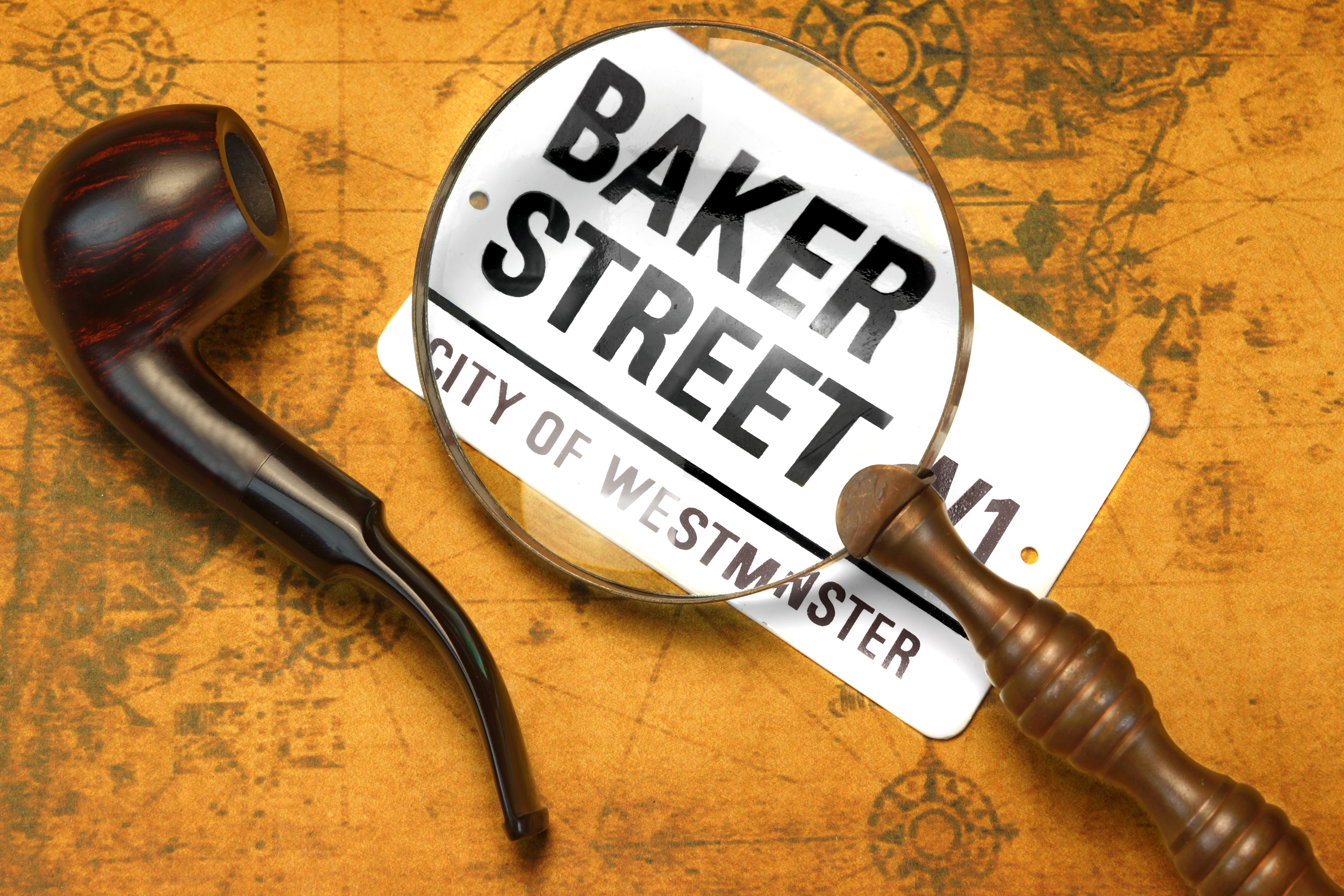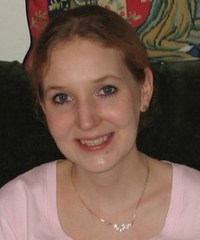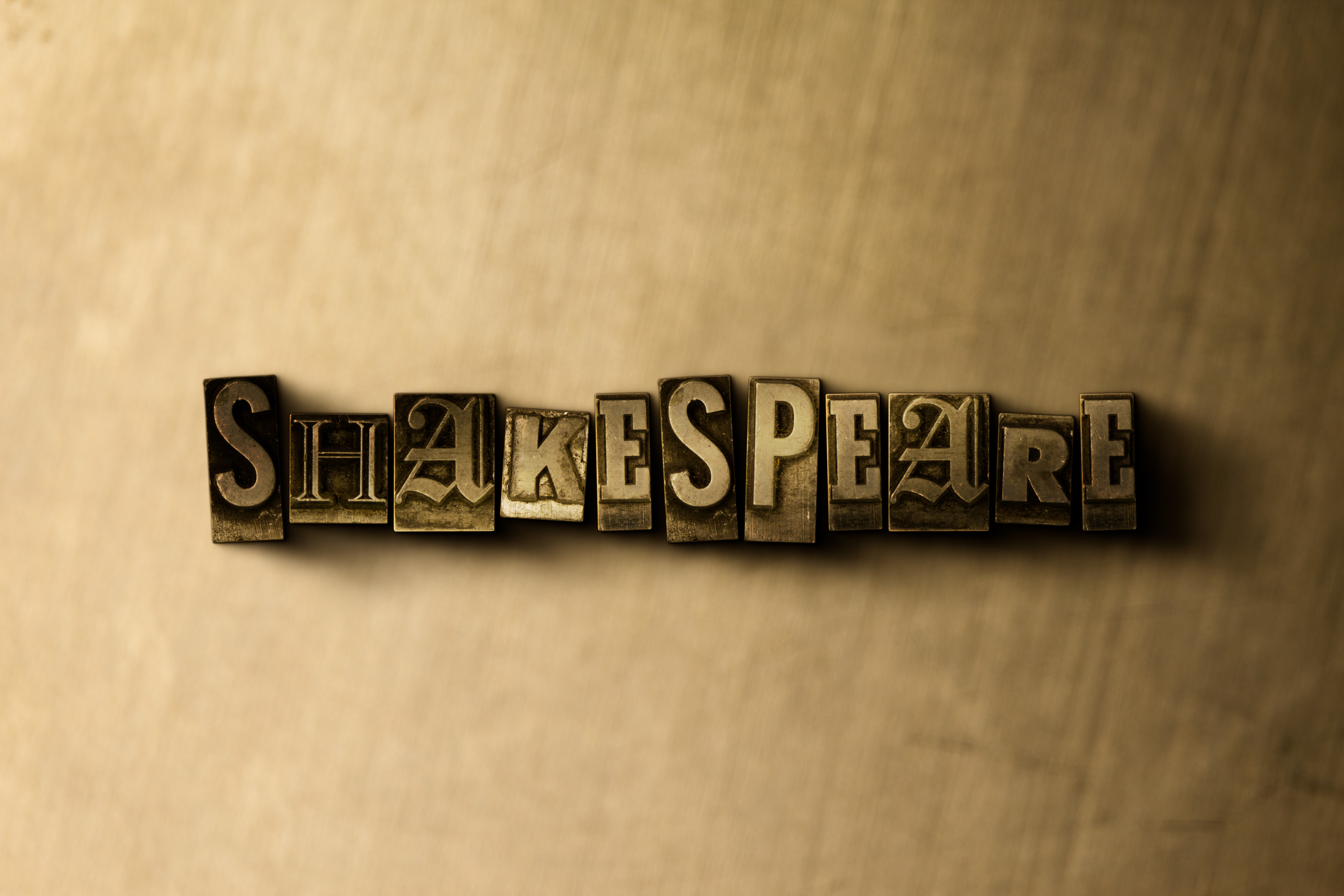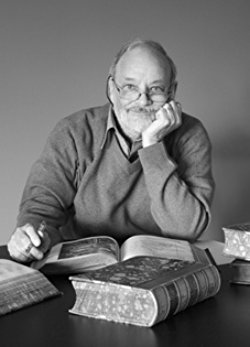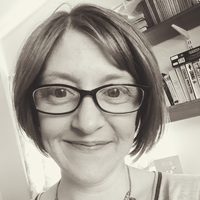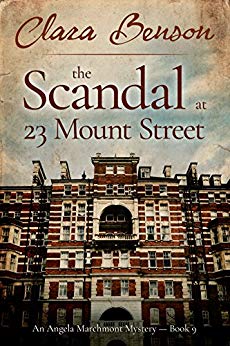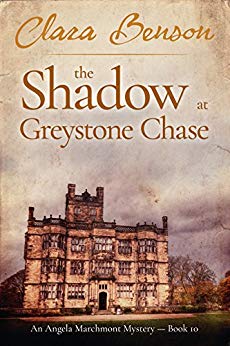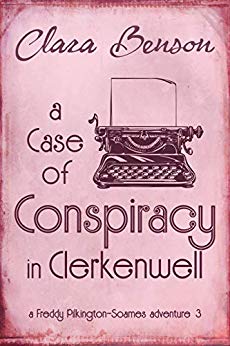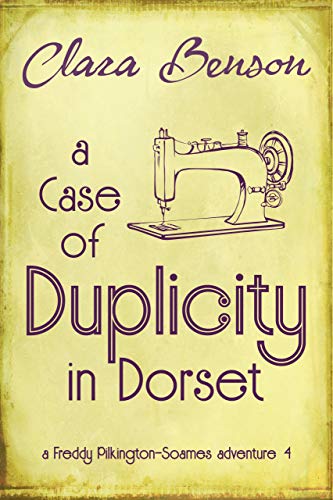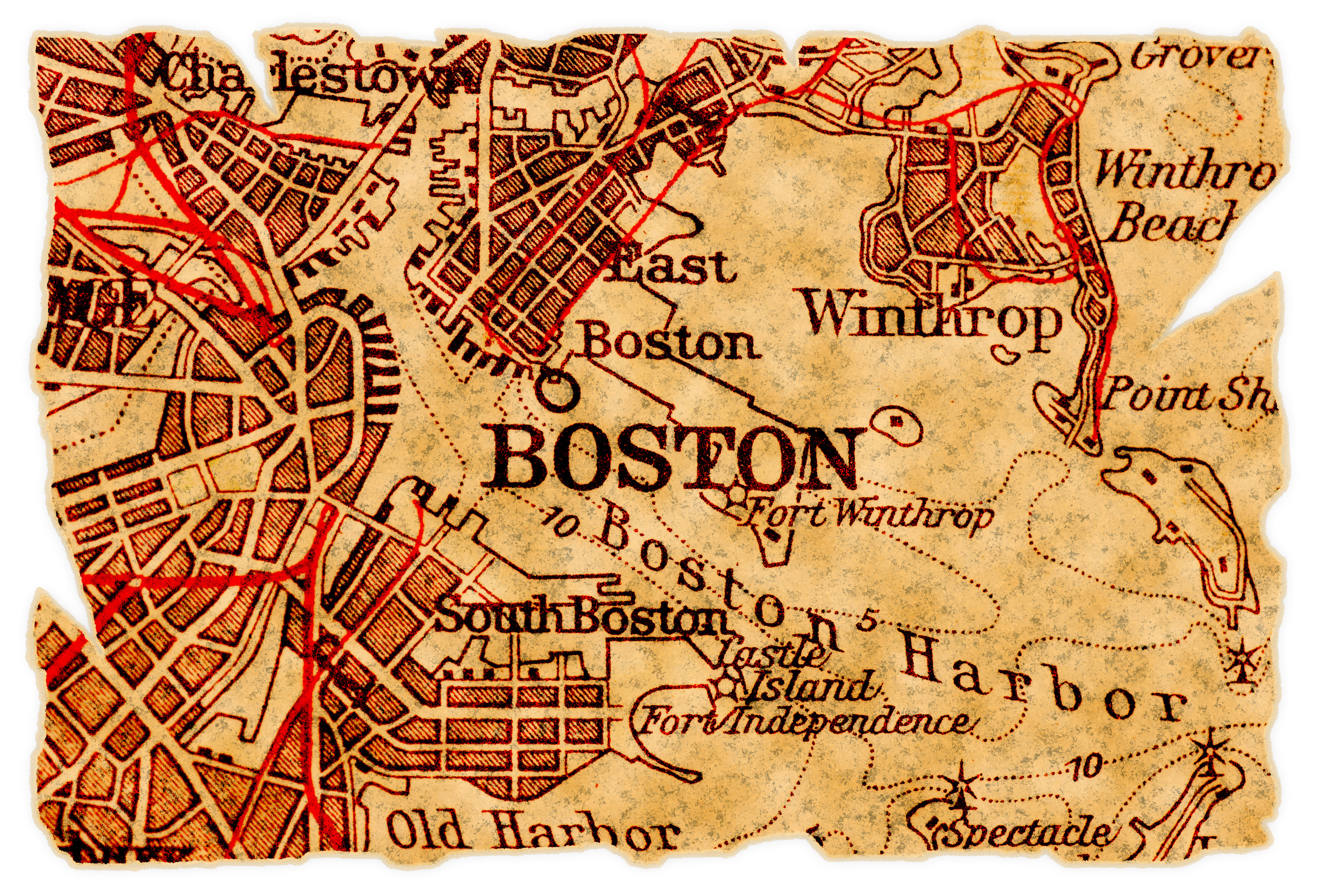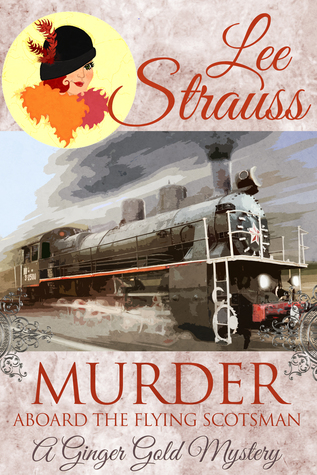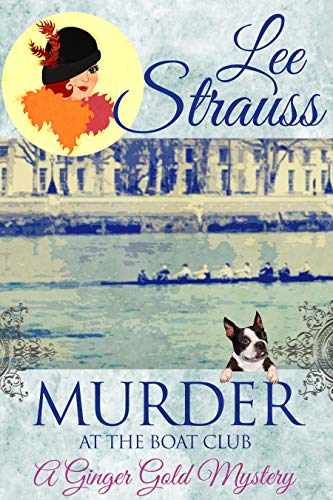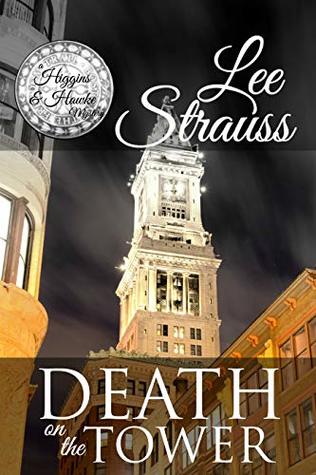
Meet Denise Domning author of the Servant of Crown Mysteries

How did you develop a love for medieval history?
I was ten when I decided I wanted to be an archeologist. I spent years studying hieroglyphics and became proficient enough to write a middle school essay using them, but my true love at the time was the Minoan culture. Then in the mid-80s I had a dream about the high Middle Ages in Europe. The light bulb went on and I started researching. I found myself drawn to one particular place and period – England in the years 1189 to 1199, or England under the absent King Richard. I’ve been researching that time period ever since although I’ve let my interests expand to his younger brother John. Suffice it to say I’m pretty focused.
You stated, The Final Toll was the hardest book you’ve ever written, but “I think I like it the best of all.” Can you tell us about this experience?
I blame the whole problem on my sleuth, Sir Faucon. You see, for the first time since he took the job of Warwickshire’s first Coronarius, he makes an error in judgment, one based on a common prejudice of his time. Neither he nor I knew he had this prejudice, mostly because it’s aimed at the people of his own class. Moreover, until this book, I’ve always been pretty certain who the murderer is from the moment I start writing. That’s not to say I don’t doubt. As each suspect presents him or herself and their story, I find myself saying, “Look! I was wrong. This is the one who did it!” In spite of my doubts, my first choice has ultimately been the right one.
I started The Final Toll with that same tenuous certainty, and it stayed with me even as I worked my way through the suspects. But when it came time for Faucon to make his accusation, I couldn’t get him to do it. No matter how I wrote the scene, he refused to agree with me. Even though I was certain I was right, I went back to the beginning and rewrote— not once or twice, but five times— trying to skew it so he would agree with my predetermined murderer. The clues refused to add up. Finally, the little piece I needed appeared, revealing that Faucon himself was the problem. Once he admitted that, et voila, as Faucon might say.
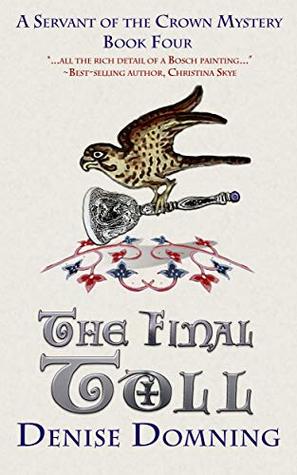
What’s the historical context or background of this story?
This series of books is based on a snippet of history I discovered years ago. One of the most intriguing things about England in the Middle Ages is its ability to generate wealth for its king. Blame this on the Norman Conquest. Because of William and his Aunt Emma, all of England belongs to the English king who then grants pieces of it to those under him. That’s the perfect structure for a lucrative taxation system, something the Plantagenets did their best to exploit. In 1194, right after the English have already once emptied their coffers to pay King Richard’s ransom, Richard turns around and demands that his councillors find a way to wring even more silver out of his subjects, whom he detested and blamed for leaving him locked up in Germany too long.
Under Archbishop Hubert Walter, Richard’s councillors come up with a novel solution, or rather find an avenue that had yet to be fully exploited. It is the English king’s right to collect a fine—
as well as lives and limbs— from murderers, burglars, and rapists. However, collecting those fines depended on the royal justices appearing to hear the accusation and render a judgment when decades could pass between judicial visits to each shire. Life didn’t stand still in the interim. Appealers, the accused, or witnesses could disappear or die, or worse, accuser and accused could settle the matter privately between themselves, cutting the king and his fine right out of the picture.
Richard’s councillors introduce their solution at the Michaelmas court of 1194. First, they strip sheriffs of the right to investigate these capital crimes, mostly to prevent the common practice of the sheriff taking bribes from wrongdoers to look the other way. Then they pronounce that each shire must elect three honest knights, each knight having an income of more than twenty pounds a year, to become the new keepers of the pleas. Finally, the councillors make the most important change of all and require that these knights employ a clerk at their own expense. For the first time every plea for royal justice will now be written down. This notation must include not only the crime, the value of the estate of the wrongdoer, and the verdict of the inquest jury, but the names of witnesses and the jury members. The edict not only includes the capital crimes of murders, rapes, burglaries where the stolen item is worth more than a shilling, but “any foul act,” such as treason or outlawry, where property or goods might be forfeit to the king. Never again will the royal treasury be cheated because appealer and accused settled “out of court.”
And why did Hubert Walter and his colleagues limit the choice of knights to only those with a substantial income of their own? The brilliance of this new position of Coronarius, or servant of the crown, is that it’s unpaid. Now if that isn’t efficient government, I don’t know what is.
That’s where my sleuth, Sir Faucon de Ramis, finds himself in October of 1194, as the first coroner for Warwickshire. Unfortunately, or fortunately as Faucon soon finds, there is very little direction as to how to do this job. He swiftly realizes he needs to determine to his own satisfaction who committed the murder so he’s certain he’s assessing the right estate.
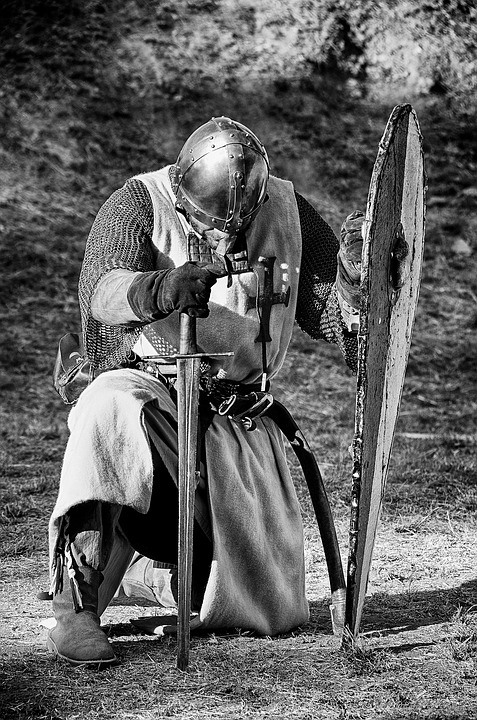
How important is setting in historical fiction versus the setting in other genres?
I can’t say that setting is any more or less important to historical fiction than any other genre as every genre has its conventions. What makes or breaks a novel is how deft an author is at conveying the expected milieu. In that, historical fiction can be unforgiving. Readers who love this genre already know their history. Beware the author who doesn’t check her facts for she will suffer the slings and arrows of critics who remind her that sycamores are an American tree and potatoes come from the New World. For the record, neither of those were my errors but I have heard from readers protesting facts that in other genres would be deemed unworthy of comment.
In historical fiction it’s not enough to be comfortable with the details of your chosen time period. You also have to get that information from your brain through your fingers and into the book in a way that doesn’t stop the flow. For me that requires writing out all the details I think I’ll need for a particular scene, say a meal in a merchant’s house. How many tables are there and how are they set? What’s on the floor? Where are the windows, if there are windows? Is there a newfangled chimney or is there a central hearth? What colors/designs are painted on the walls? What
furniture might there be besides the tables? Is there crockery? How does it smell? What sounds fill the air from nearby homes or their own workshops? Are they close enough to hear the bells from the nearest church? Are there regraters outside in the street selling goods? Is the neighboring merchant shouting out to passers-by about his wares?
Once I’ve answered those questions, I go back and tighten, tighten, tighten, eliminating this, shortening that, until there are just enough details to describe the scene without slowing the action. This is very hard to do for someone who writes history textbooks disguised as novels to educate unsuspecting readers. I want to share every cool fact I’ve learned. To protect my readers, I employ this mantra: “If I love it, take it out.”

What are some of the customs of Warwickshire?
That’s a pretty broad question, so I’m assuming you mean the customs of Faucon’s time period. It’s surprisingly difficult to research local customs, celebrations and rituals. It’s even harder to verify that a particular ritual was practiced the same way in the 12 Century as it was when th someone finally wrote a description of it in the 14 Century. Fortunately for me, Faucon is new th to Warwickshire although his small inheritance, which comes to him through his mother, is in the forest of Arden. He isn’t aware of any customs although perhaps he’ll eventually find his way to the Rugby area on Martinmas, 1195 for the collection of Wroth Silver. Although he’ll be in near Atherstone in his next book, the onset of the Atherstone ball game is still five years distant.
With that said, there are plenty of general customs and traditions for me to employ. Life in this time period revolves around two calendars which often intersect. The first is the yearly progression of Catholic celebrations, festivals, and masses. The second is the seasonality of farming. For instance, Lady Day or Candlemas on February 2 is also the day to celebrate the nd beginning of the farming year with plow races. As for Edmund, he’s more likely to note the date on his scribblings as “third day after Martinmas in the third year of the reign of our holy Father, Celestine III.”
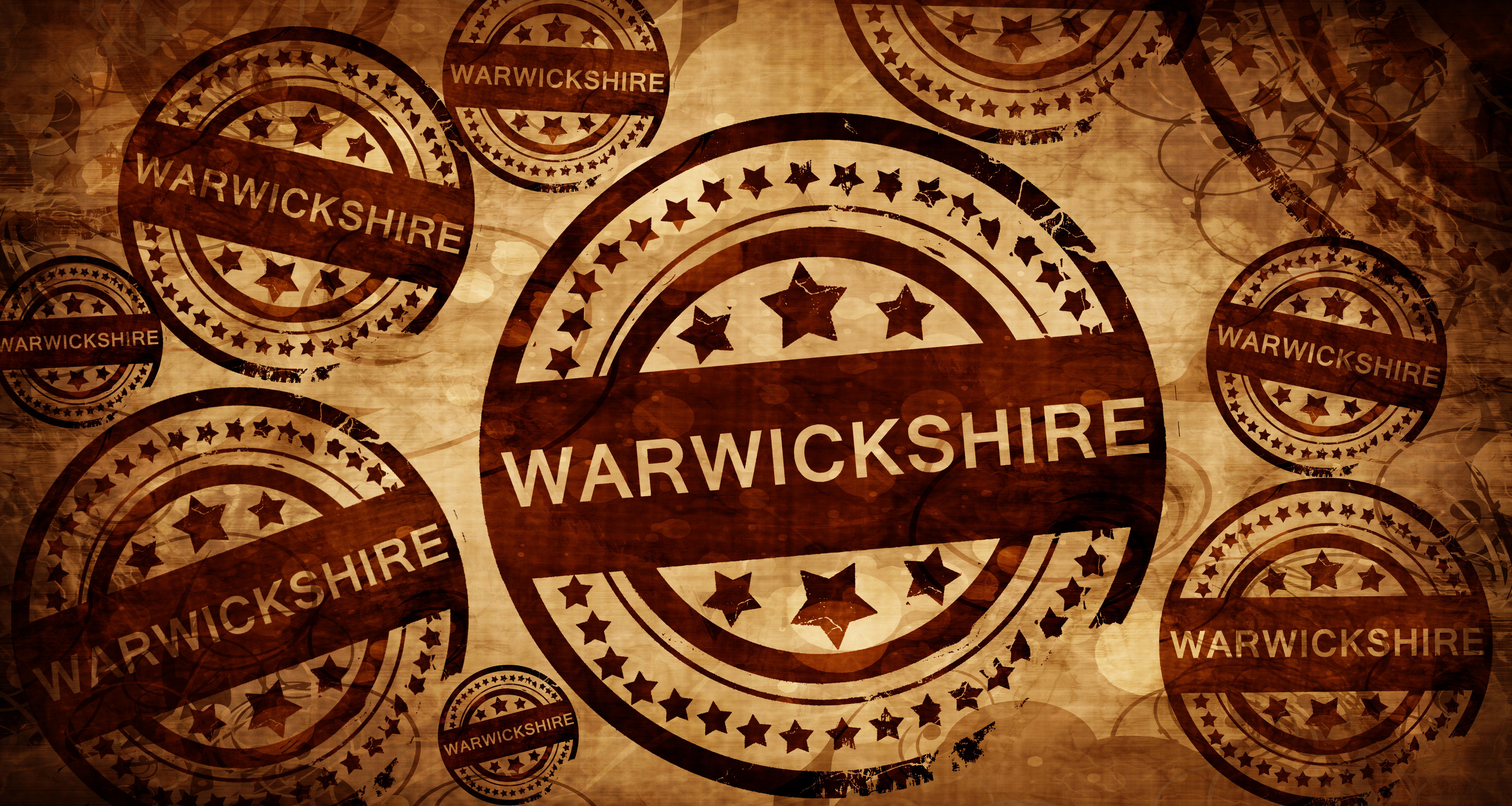
How is it different than a typical city of today?
For three days after the awful events of 9/11 an awesome quiet broken only by birdsong ruled our skies. That’s when I realized I’d never once experienced the world without the sound track of engine noise. It was a pivotal moment for me in my understanding of what it was like to live in the late 12 Century. th
Medieval people live within sight and sound of nature. In rural communities the days begin with everyone’s roosters crowing along with the honk of domesticated geese, the quack of ducks, and the cooing of doves from their dove cote. A truly riotous avian chorus erupts from every tree, thicket and bush. There’s the complex song of a lark, the shrill military chatter of a kingfisher from the nearby stream and the mundane chatter of the swallows nesting under the eaves of barns and sheds. In the spring and fall, the skies fill with vast flocks of migrating wild ducks, geese and swans, so many that the almost non-stop honking must have been deafening. In those areas kept
wild for the pleasure of noblemen, stags trumpet to attract mates, the rare wolf howls and boar offer up blood-curdling grunts.
In the barnyards, sheep and goats bleat, cows low (or moo, depending on which word you prefer), and pigs grunt, all of them demanding attention. Rats and mice skitter and rustle in the thatch along with the occasional hedgehog. Everyone coughs, because even though the smoke is supposed to wind its way out of the hole in the cottage roof, smoke is everywhere. And everything–absolutely everything–in the cottage smells like smoke.
The ring of blacksmith’s hammer is rhythmic and even as he brings it down again and again on the thick piece of metal he’s turning into a tool. The bellows that keep his fire hot enough to soften iron gust and whoosh. At the grist mill, the miller snaps the goad over the back of his ox and the big creature begins to walk an endless circle. The grinding stone rumbles, turning steadily, the sound loud enough that the miller has to raise his voice to speak to customers; the knife sharpener’s wheel rumbles; the potter’s wheel rumbles as he shapes clay into new pots. The carpenter’s saws rasp through lengths of wood. The hammers of the wheelwright and cooper thud dully as they work narrow strips of metal onto their wheels and barrels.
And everyone sings. At the fuller’s cottage newly woven cloth is being fulled— the process of tightening the weave so the fabric doesn’t unravel— to the cadence of a specific set of songs. More songs ring out from the fields where the men swing their scythes. They use the rhythm to keep their movements in sync and prevent accidental injury. Down at the stream, the women sing as they rub their clothing clean while their youngest children chatter and play.
It isn’t as pleasant for those who live in the burgeoning towns of this era. Walled cities mean limited space, so dwellings are crammed close to each other. Beware the second storey window for the household maid may use it to empty the master’s chamberpot onto the street. There’s no privacy either inside or outside of the home. Every marital spat, every man practicing his sackbut, every family celebrating some milestone can be overheard, whether by folks on the streets or the family next door. If things get a little rowdy, the watch will be called and the offenders asked to hold it down
This may be a city but the denizens keep all the same animals as their rural cousins. Roosters crow, cats yowl, dogs bark, pigs grunt, cows low and sweetly cooing doves rain you-know-what down from above. Although these urban householders might also hear the tumble of water from their windows— every town and city has a reliable water source— chances are that the water carries the stench of human and animal wastes, including pollution from local industries such as slaughterhouses and dyers. Oh yes, humans were hard at creating toxic waste even a thousand years ago.
12 Century merchants and priests depend on knowing the time and that means a church bell. In th London at this time there are thirteen monastic houses as well as one hundred parish churches. Imagine the cacophony, all the bells ringing every three hours during the day, and of course for every funeral or event that might need to be announced to the public. Here, new technology— water power— is changing the way work is done. Water now turns the wheels that turn the gears
that drop the hammers onto metal or cloth. The never-ending thumping and clanging is so overwhelming that town councils are passing ordinances limiting when these mills can run.
Very few homes in the towns and cities are just a place to live. Instead, most are also the homeowner’s business establishment, with his shop located on the ground floor. Every day our merchant throws open the shutters of his shop and pitches his goods to all passersby at a shout. Regraters— think of them as Medieval mobile food trucks— walk the streets with their handcarts or wheelbarrows filled with something to sell, be that fresh fruit, day-old bread, or cheese. As they walk, they shout for folk to come buy their excellent wares. Priests and monks ride past on braying donkeys.
Where there is trade, there’s wagon traffic moving goods from one place to another. Bellowing oxen, their owners shouting and snapping goads, drag wagons along narrow, mucky lanes. Mounted merchants lead long trains of pack animals from city to city along what we would consider nothing more than an animal track.
Just as they do today, day laborers stand on corners and call out in the hopes of being hired. At night they’ll be replaced by the women who sell themselves to earn their daily bread. And then there are the ale houses, the pubs of their day. Every alewife has her own recipe and some serve food as well as drink. The folk who frequent these establishments are generally travelers or people without the ability to cook their own meals. For the folk who makes homes in the corners of sheds or in warehouses, the alehouse is often their only chance to enjoy the warmth of a fire and of community, so the singing commences.
That was the long answer to your question. The short answer is the only differences are the combustion engine and the lack of television.

If I sat down with Sir Faucon de Ramis for tea what would be my first impression?
You would find yourself sitting across from a dark-haired man of medium height who wears his skin easily, the way men who have often come face-to-face with death do. There’s a native intelligence in Faucon’s dark eyes. He could well have become a successful Churchman, as is the usual fate for second sons of his class, except that his elder brother suffered a head injury that left him with concussion-related spontaneous rages. Faucon’s father immediately pulled his younger son from his monastery school and turned him into a knight and heir-in-waiting, something Faucon’s elder brother resents deeply. Once knighted, Faucon joined King Richard on Crusade, mostly to escape his family’s difficult and guilt-ridden dynamics. As often happens, leaving the safety of home for unfamiliar circumstances has caused Faucon to mature beyond his years, and given him the ability to feel comfortable anywhere. These traits are what causes his great-uncle, Bishop William of Hereford, to endow Faucon with enough property that he qualifies to become a Coronarius.

Who is Brother Edmund and what is his job description?
Brother Edmund is the scribe or clerk whose job it is to write down all the particulars of the crimes Sir Faucon investigates, including the assessment of the wrongdoer’s estate. We don’t know much about him, except that he is in his middle years, is from the Norman-French speaking higher classes, and is well educated in English law. That’s hardly the usual CV for a mere scribe, and sure enough, Edmund didn’t start out as a clerk. He has been a Benedictine monk for most of his life. Unfortunately, Edmund suffers from a surfeit of rigidity in his personality and this character flaw has caused him to be banished from more than one abbey. He describes himself to Faucon as an honest man who will only speak as his heart directs. And so he does, never recognizing that he wields his “truth” as ably as Faucon swings his sword. As much trouble as this creates for Faucon, he swiftly realizes this demoted monk repays honesty with loyalty and has a surprisingly fearless heart.
What’s next for you
What’s next is book five in this series, entitled (so far) “Caught Red-handed.” I’ve once again come across an unusual factoid, this time about the walking dead of the Middle Ages. It was just too interesting to pass up, especially when I found evidence of it in Warwickshire.
